Home>Furniture & Design>Interior Design Trends>How To Clean Up Shattered Glass
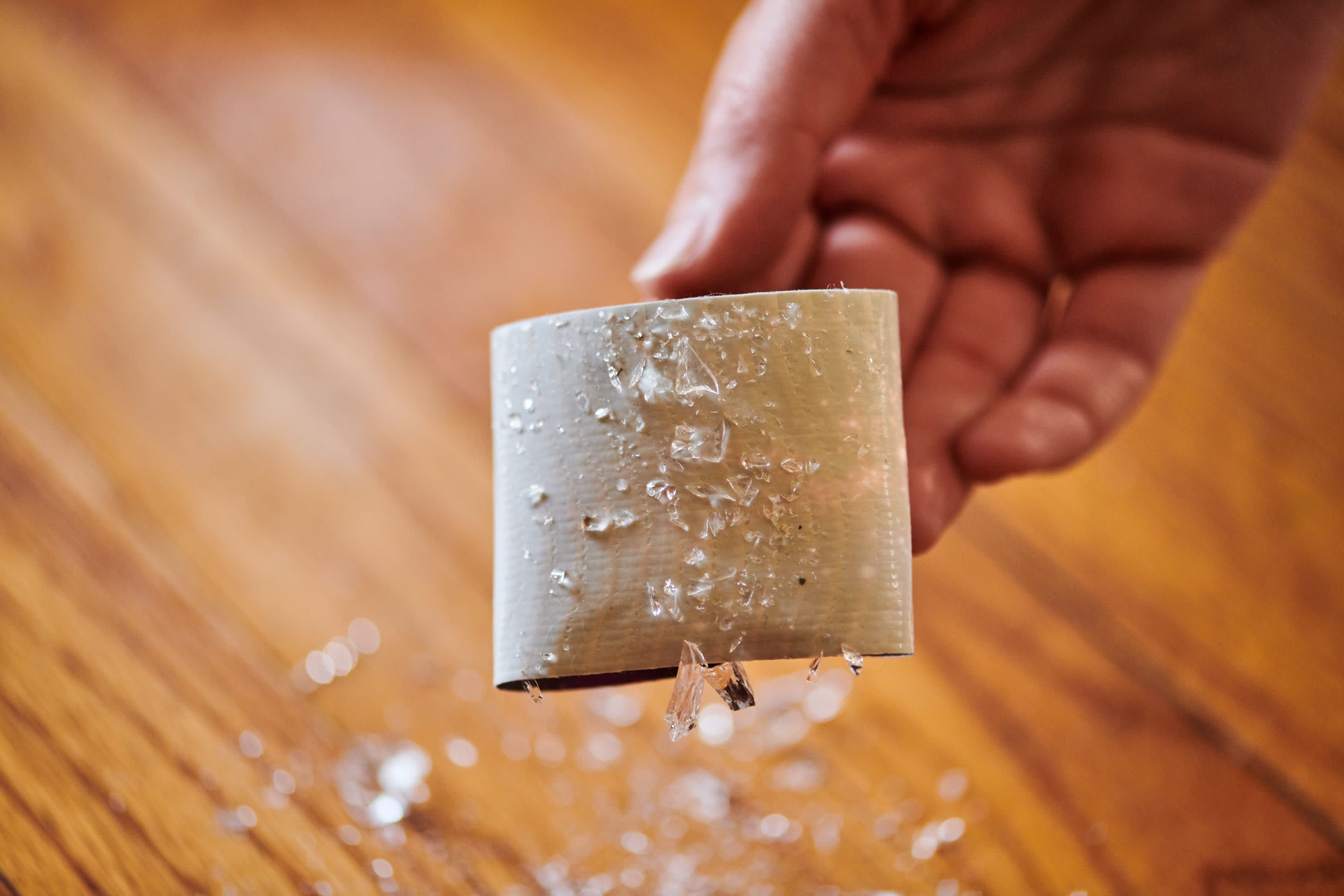

Interior Design Trends
How To Clean Up Shattered Glass
Modified: February 18, 2024
Learn the best techniques for safely cleaning up shattered glass in your home. Discover the latest interior design trends for a stylish and safe living space.
(Many of the links in this article redirect to a specific reviewed product. Your purchase of these products through affiliate links helps to generate commission for Storables.com, at no extra cost. Learn more)
Introduction
Dealing with shattered glass can be a daunting task, whether it's a broken window, a shattered mirror, or a dropped glass object. The sharp edges and the potential for injury make it crucial to approach the cleanup process with caution and precision. Understanding the necessary steps to safely and effectively clean up shattered glass is essential for maintaining a secure and hazard-free environment.
In this comprehensive guide, we will explore the best practices for cleaning up shattered glass, from initial safety precautions to proper disposal methods. By following these guidelines, you can ensure a thorough and secure cleanup process, minimizing the risk of accidents and injuries.
Let's delve into the essential safety measures and step-by-step instructions for cleaning up shattered glass, providing you with the knowledge and confidence to handle this task with ease and efficiency.
Key Takeaways:
- Stay safe when cleaning up shattered glass by wearing gloves and securing the area. Use a broom, vacuum with caution, and double-check for any missed fragments to prevent injuries.
- Dispose of broken glass responsibly by using puncture-resistant containers, labeling them, and contacting local waste management for proper disposal guidelines. Avoid mixing with regular waste and consider recycling opportunities.
Read more: How To Break Glass Without Shattering
Safety Precautions
When dealing with shattered glass, prioritizing safety is paramount. The sharp and unpredictable nature of broken glass poses a significant risk of cuts and injuries. Therefore, before initiating the cleanup process, it is crucial to adhere to the following safety precautions:
-
Protective Gear: Prior to handling any broken glass, ensure that you are equipped with appropriate protective gear. This includes wearing heavy-duty gloves to shield your hands from sharp edges and potential cuts. Additionally, consider wearing closed-toe shoes to prevent any glass shards from causing foot injuries.
-
Secure the Area: Begin by cordoning off the affected area to prevent accidental access. Use warning signs, barriers, or any available materials to create a clear boundary, effectively notifying others to steer clear of the hazardous zone.
-
Assess the Damage: Before initiating the cleanup, carefully assess the extent of the glass breakage. Determine whether the shattered glass is confined to a specific area or has scattered across a wider space. This evaluation will help in planning the cleanup strategy and identifying potential risks.
-
Use a Broom and Dustpan: Opt for a broom with sturdy bristles and a dustpan to collect larger glass fragments. Avoid using your hands to pick up the glass, as this significantly increases the risk of cuts and injuries.
-
Vacuum with Caution: If there are tiny glass particles or dust, consider using a vacuum cleaner with a hose attachment. However, exercise caution as vacuuming small glass pieces can damage the appliance. Ensure that the vacuum cleaner is equipped with a HEPA filter to effectively capture tiny glass particles.
-
Double-Check the Cleanup: After the initial cleanup, carefully inspect the area to ensure that no glass fragments remain. Run your fingers lightly over surfaces to detect any overlooked shards. This meticulous approach is essential for preventing unexpected injuries caused by residual glass.
By adhering to these safety precautions, you can significantly minimize the risk of injuries and ensure a secure environment during the cleanup process. Prioritizing safety not only protects you and others involved but also streamlines the overall cleanup procedure.
Remember, taking the time to implement these safety measures is crucial for a successful and risk-free cleanup of shattered glass.
Steps to Clean Up Shattered Glass
After ensuring the necessary safety precautions, it's time to proceed with the meticulous process of cleaning up shattered glass. Follow these step-by-step instructions to effectively and safely manage the cleanup:
-
Prepare the Cleanup Area: Begin by ensuring adequate lighting in the affected area. Natural light or additional lamps can help in clearly identifying glass fragments. Remove any obstacles or items that may obstruct the cleanup process, creating a clear and accessible space.
-
Larger Debris Collection: Utilize a pair of heavy-duty gloves to carefully pick up larger glass pieces and place them in a puncture-resistant container. Avoid using your bare hands to prevent injuries. A sturdy dustpan and brush can also be used to gather sizable glass fragments.
-
Use Sticky Tape or Bread: For smaller glass particles and shards that are challenging to collect with a broom, gently press a piece of sticky tape over the affected area to pick up tiny fragments. Alternatively, lightly press a slice of bread onto the floor to effectively capture minuscule glass particles.
-
Vacuuming: Employ a vacuum cleaner with a hose attachment to meticulously remove any remaining glass particles and dust. Ensure that the vacuum cleaner is equipped with a HEPA filter to effectively capture tiny glass fragments without damaging the appliance.
-
Damp Cloth Cleanup: Dampen a cloth or sponge and carefully wipe the surfaces in the affected area to capture any residual glass particles. This method helps in thoroughly cleaning the area and minimizing the risk of unnoticed glass fragments.
-
Final Inspection: After completing the cleanup process, conduct a thorough visual inspection of the area. Run your fingers lightly over surfaces to detect any overlooked shards. This meticulous approach is essential for ensuring that no glass fragments remain, thus preventing unexpected injuries caused by residual glass.
By meticulously following these steps, you can effectively clean up shattered glass while minimizing the risk of injuries and ensuring a secure environment. Remember, patience and attention to detail are crucial during the cleanup process to achieve a thorough and successful outcome.
These steps provide a comprehensive guide to managing the cleanup of shattered glass, empowering you to navigate this task with confidence and precision.
Use a damp paper towel to pick up large pieces of glass. Then, use a piece of bread to pick up tiny shards. Finish by using a vacuum to clean up any remaining pieces.
Disposal of Broken Glass
Proper disposal of broken glass is a critical aspect of the cleanup process, ensuring the safe and responsible handling of potentially hazardous materials. After completing the meticulous task of cleaning up shattered glass, it is essential to adhere to specific guidelines for the disposal of glass fragments and debris.
When it comes to the disposal of broken glass, it is imperative to prioritize safety and environmental consciousness. Here are the recommended steps for the proper disposal of broken glass:
-
Secure Packaging: Carefully place all collected glass fragments, shards, and debris into a puncture-resistant container. This container should be durable and leak-proof to prevent any potential injuries during handling and transportation. Avoid using plastic bags, as they may not provide adequate protection against sharp edges.
-
Labeling and Sealing: Clearly label the container as "Broken Glass" or "Hazardous Waste" to alert waste management personnel about its contents. Ensure that the container is securely sealed to prevent any spillage or accidents during transit.
-
Contact Local Waste Management: Check with your local waste management authorities or recycling centers to inquire about the specific guidelines for disposing of broken glass. Some areas may have designated drop-off locations or special procedures for handling hazardous materials, including broken glass.
-
Avoid Mixing with Regular Waste: It is crucial to refrain from disposing of broken glass with regular household waste. Mixing glass fragments with general garbage increases the risk of injuries to waste management personnel and can lead to improper handling during the disposal process.
-
Recycling Opportunities: Explore the possibility of recycling the broken glass, especially if it consists of larger pieces or comes from specific items such as windows or glassware. Many recycling facilities accept glass for repurposing, contributing to environmental sustainability.
-
Professional Disposal Services: In cases where the volume of broken glass is substantial or if it includes specialized glass materials, consider engaging professional disposal services. These experts are equipped to handle hazardous materials and ensure their safe and compliant disposal.
By adhering to these disposal guidelines, you can effectively manage the safe and responsible disposal of broken glass, minimizing the potential impact on the environment and safeguarding the well-being of waste management personnel and the community.
Remember, proper disposal of broken glass is a crucial step in completing the cleanup process, reflecting a commitment to safety, environmental responsibility, and conscientious waste management practices.
Conclusion
In conclusion, the process of cleaning up shattered glass demands meticulous attention to safety, precision, and responsible disposal. By prioritizing safety precautions, such as wearing protective gear, securing the cleanup area, and carefully assessing the damage, individuals can significantly reduce the risk of injuries during the cleanup process. The use of appropriate tools, including heavy-duty gloves, brooms, dustpans, and vacuum cleaners with HEPA filters, facilitates the efficient collection of glass fragments while minimizing the potential for accidents.
The step-by-step instructions for cleaning up shattered glass provide a comprehensive framework for managing this task with confidence and thoroughness. From preparing the cleanup area to conducting a final inspection, each step is designed to ensure a meticulous and effective cleanup process. The utilization of innovative techniques, such as using sticky tape or bread to capture tiny glass particles, demonstrates the resourcefulness and adaptability required for successful glass cleanup.
Furthermore, the proper disposal of broken glass is an essential aspect of completing the cleanup process. By securely packaging glass fragments, labeling containers, and adhering to local waste management guidelines, individuals can contribute to safe and responsible waste disposal practices. Exploring recycling opportunities and engaging professional disposal services further underscores the commitment to environmental sustainability and community well-being.
Overall, the successful cleanup of shattered glass hinges on a combination of safety consciousness, attention to detail, and environmental responsibility. By following the guidelines outlined in this comprehensive guide, individuals can navigate the cleanup process with confidence, ensuring a secure and hazard-free environment. The knowledge and skills acquired from this guide empower individuals to approach the task of cleaning up shattered glass with the necessary expertise and preparedness, ultimately fostering a safer and more conscientious approach to glass cleanup.
Frequently Asked Questions about How To Clean Up Shattered Glass
Was this page helpful?
At Storables.com, we guarantee accurate and reliable information. Our content, validated by Expert Board Contributors, is crafted following stringent Editorial Policies. We're committed to providing you with well-researched, expert-backed insights for all your informational needs.
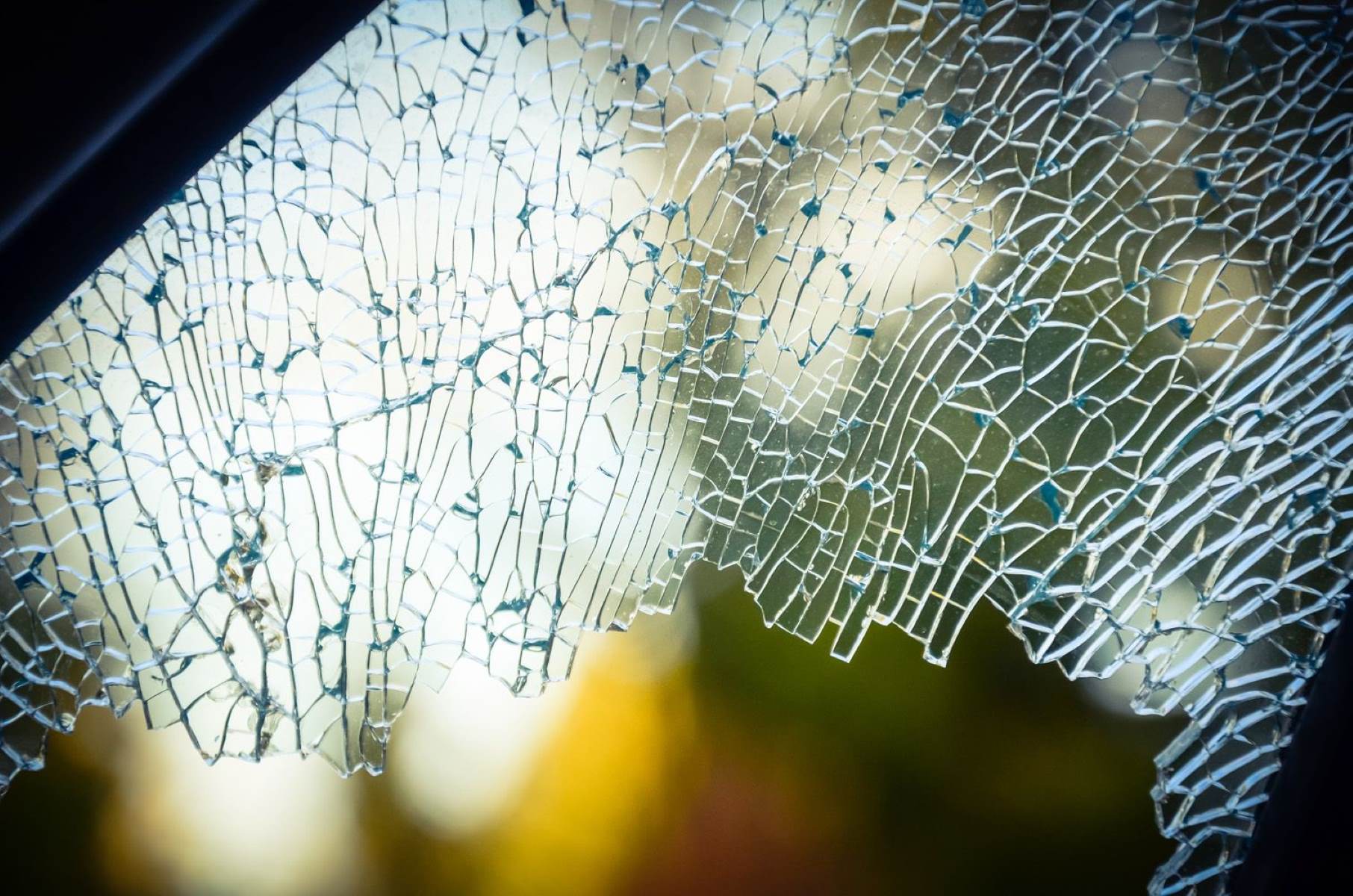
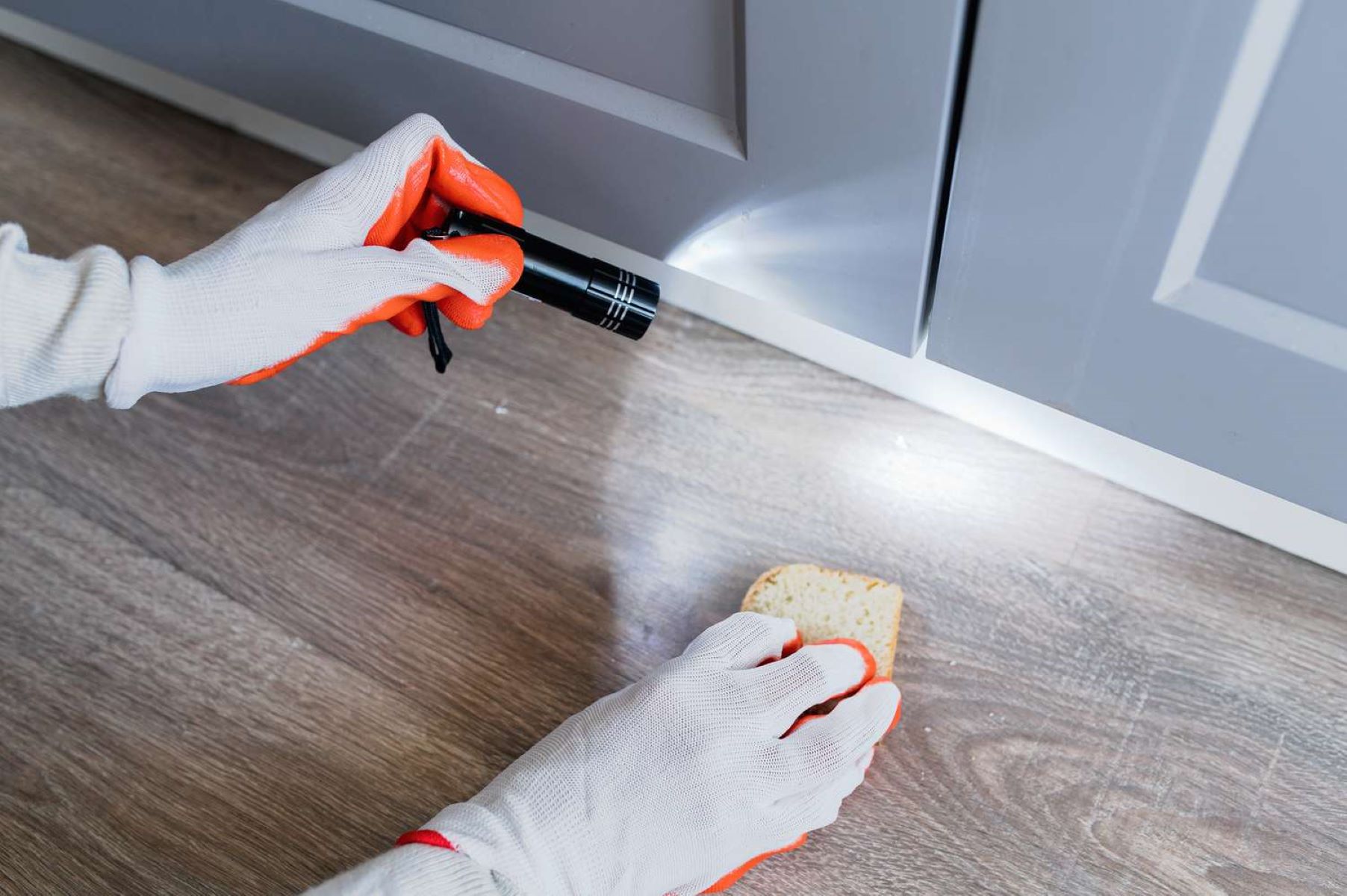
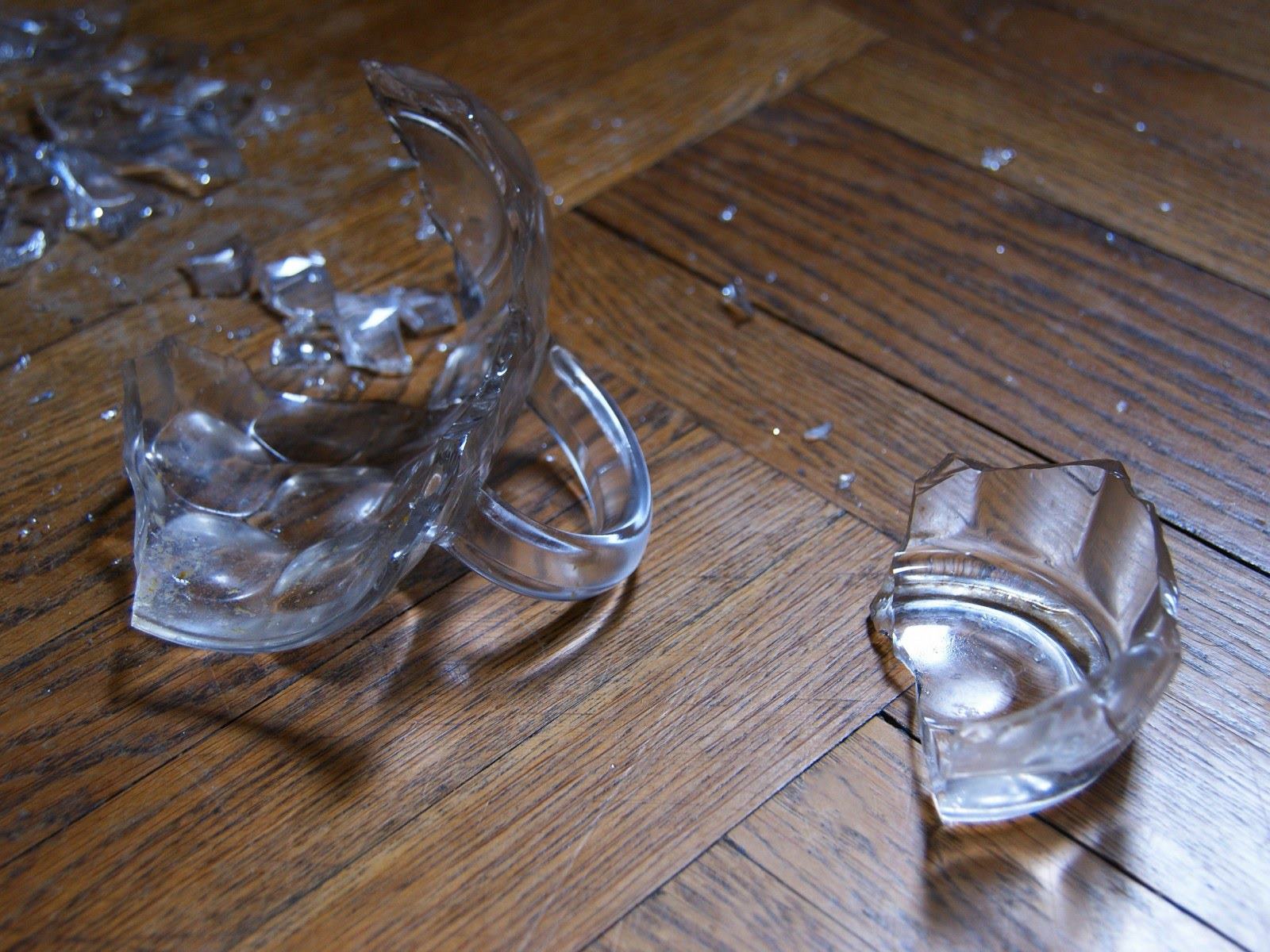
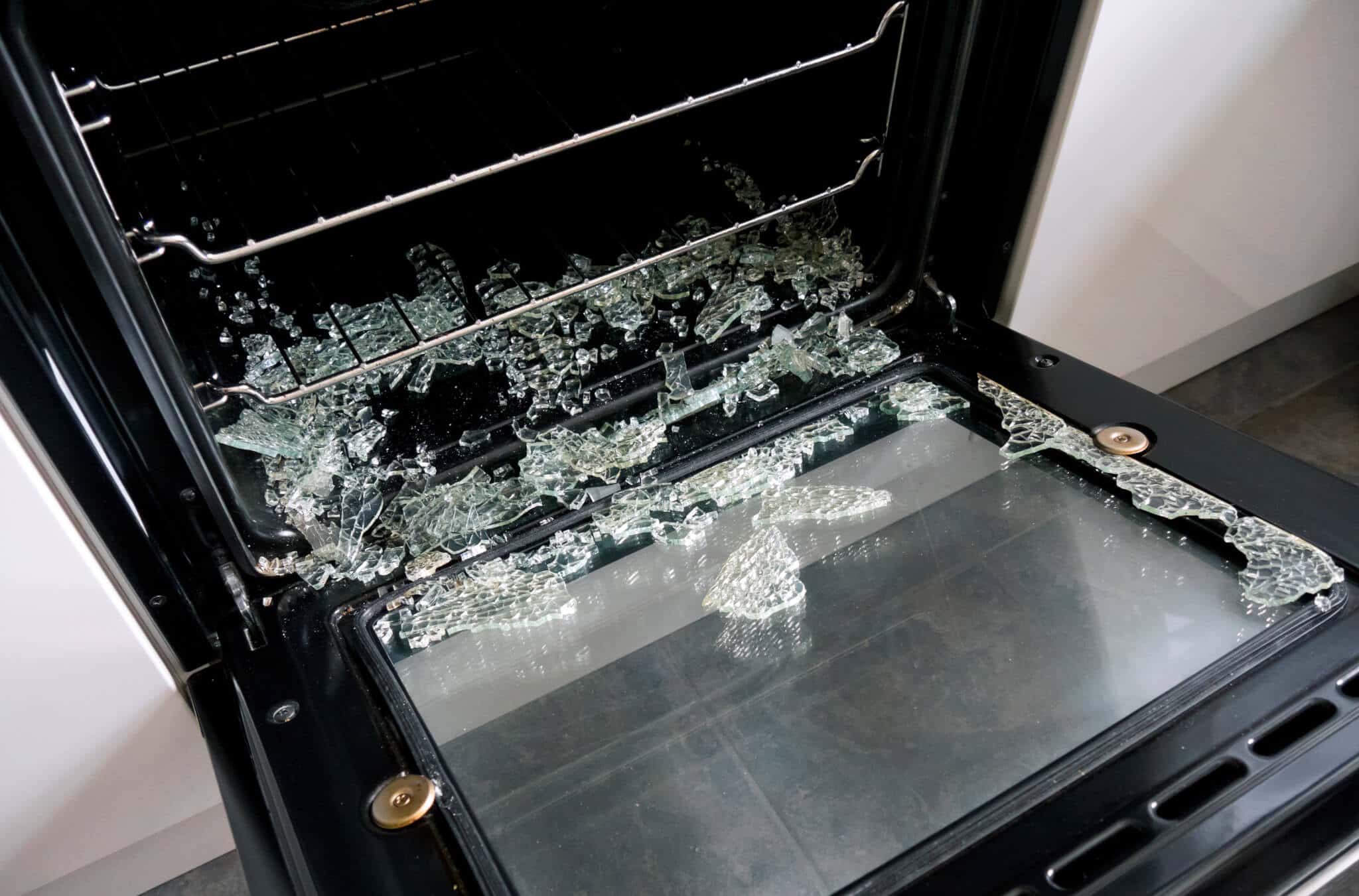
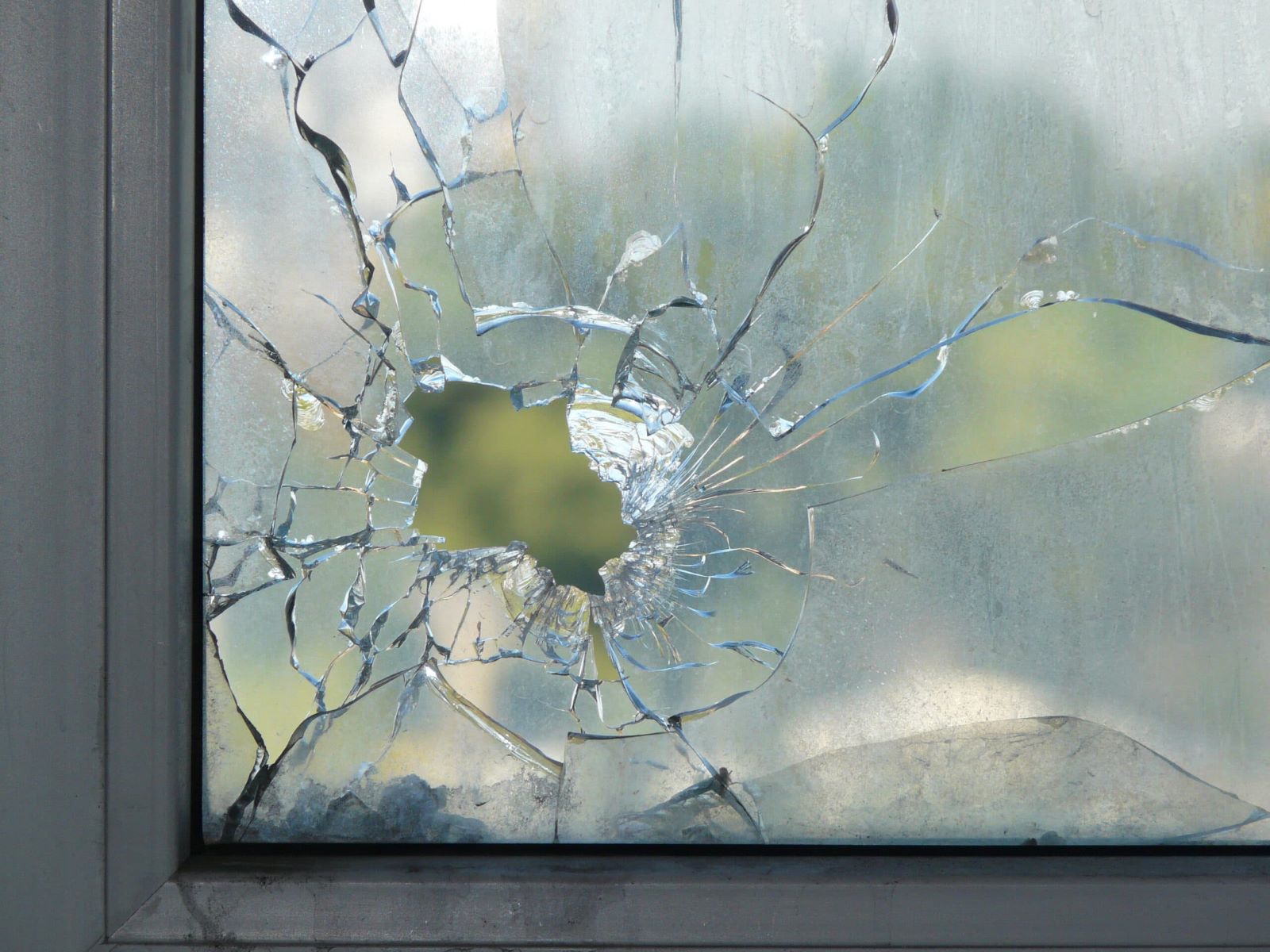
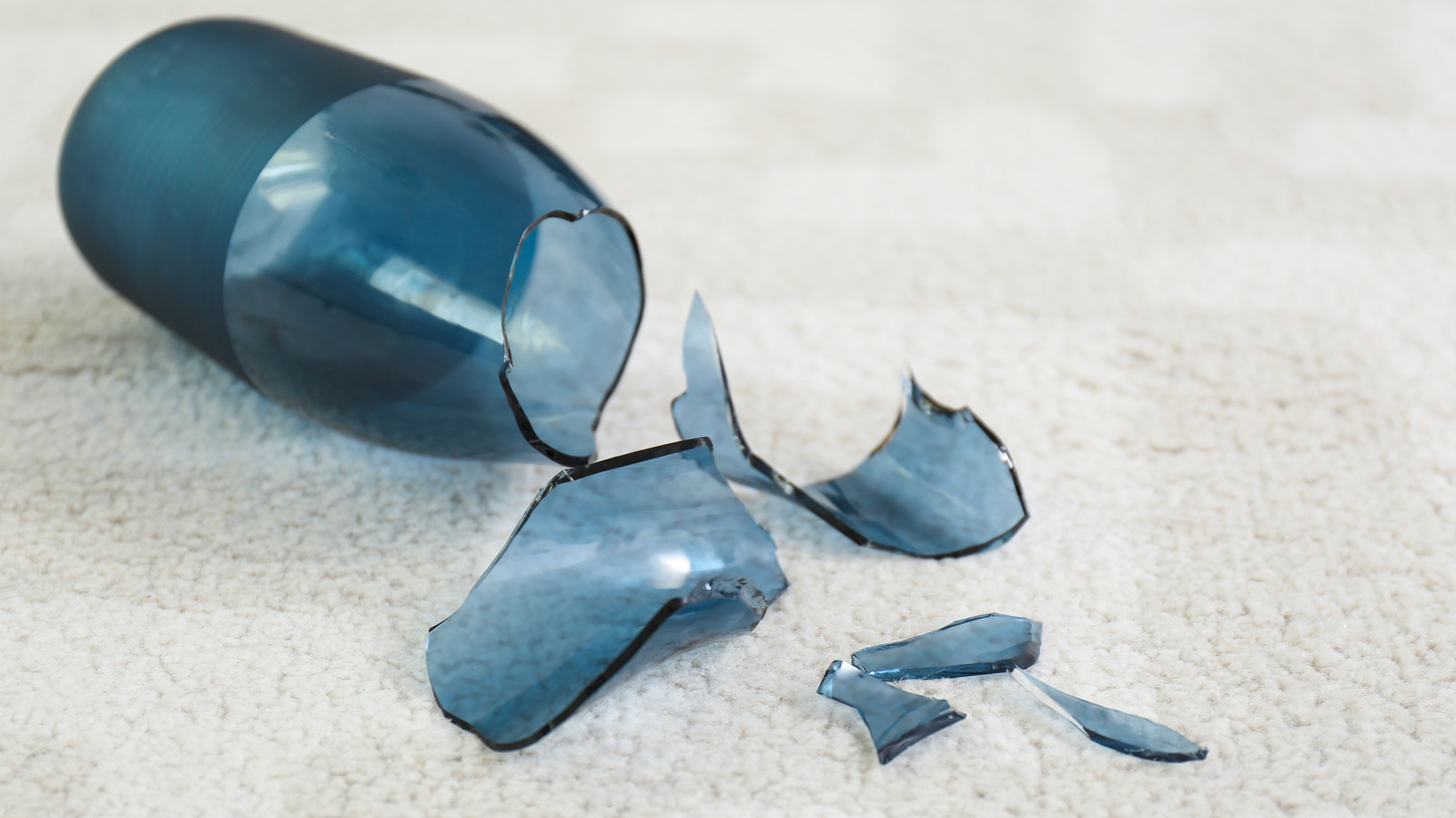
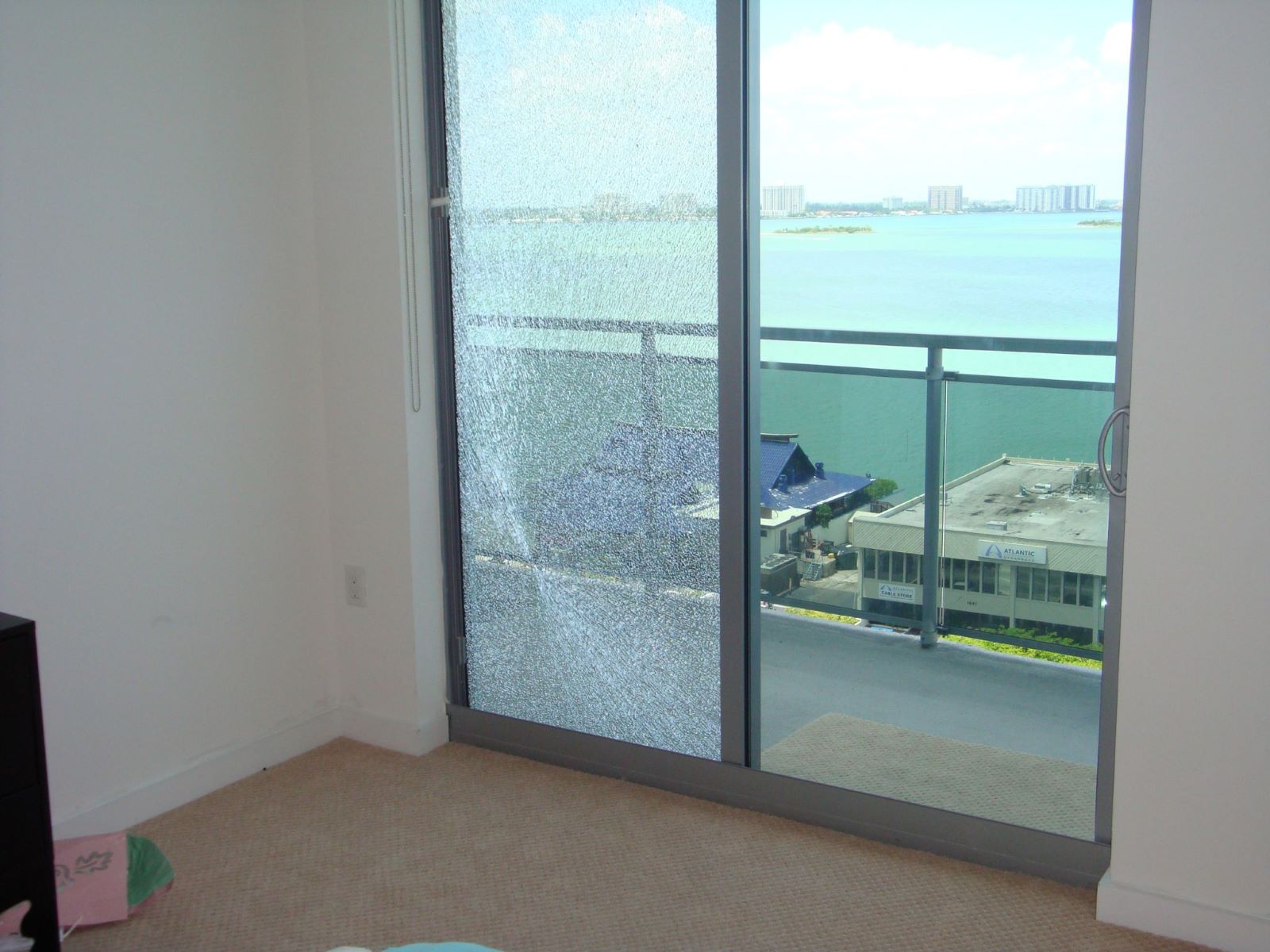
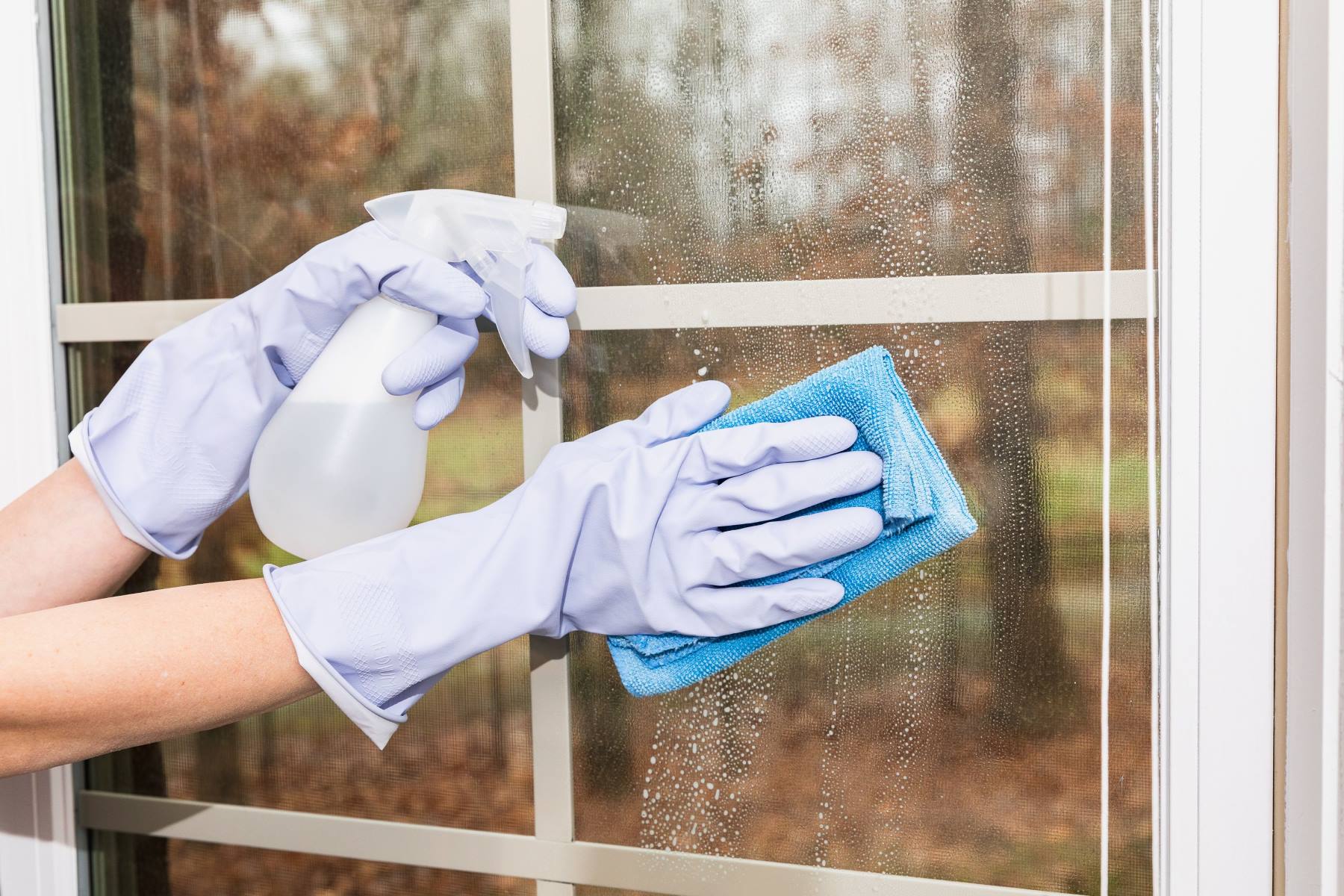
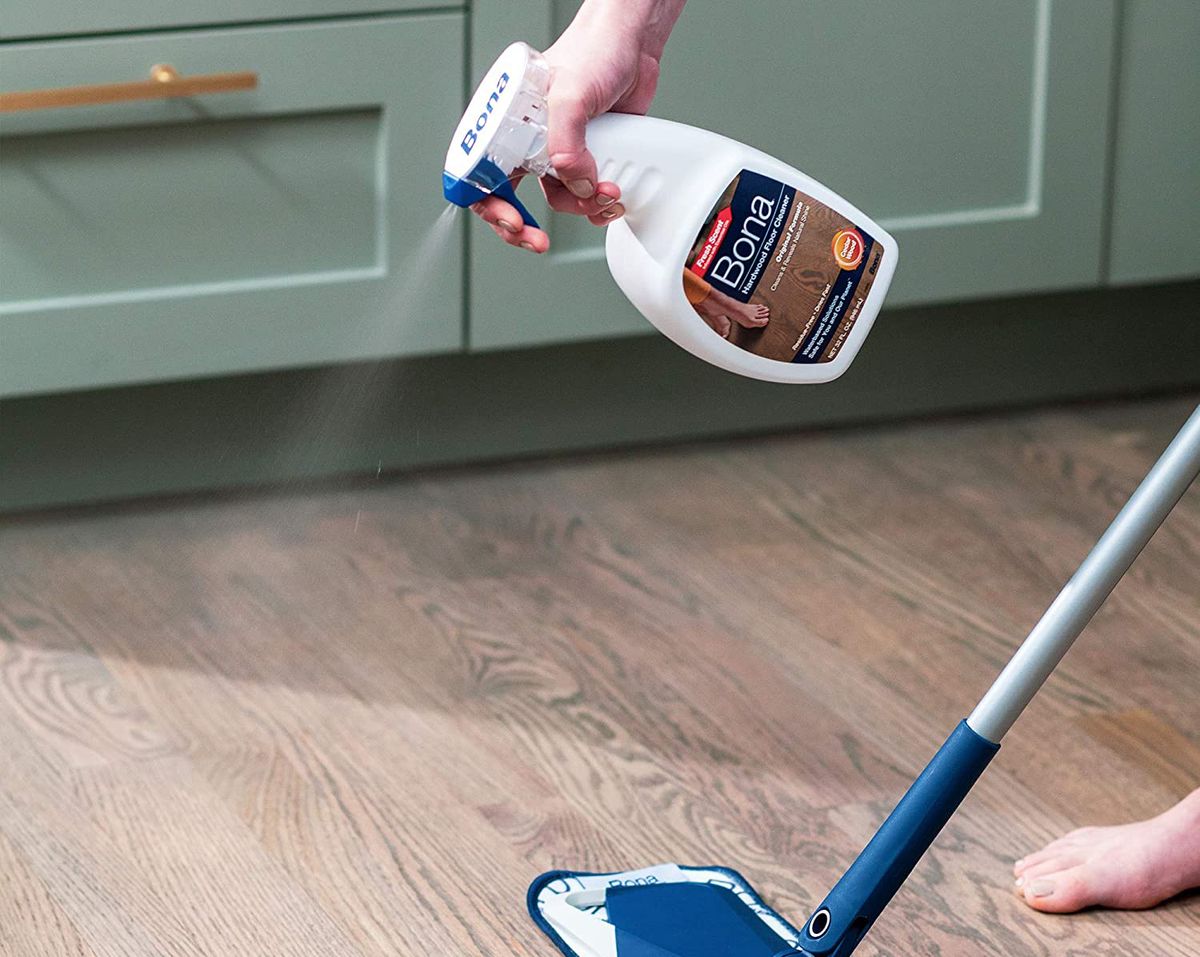
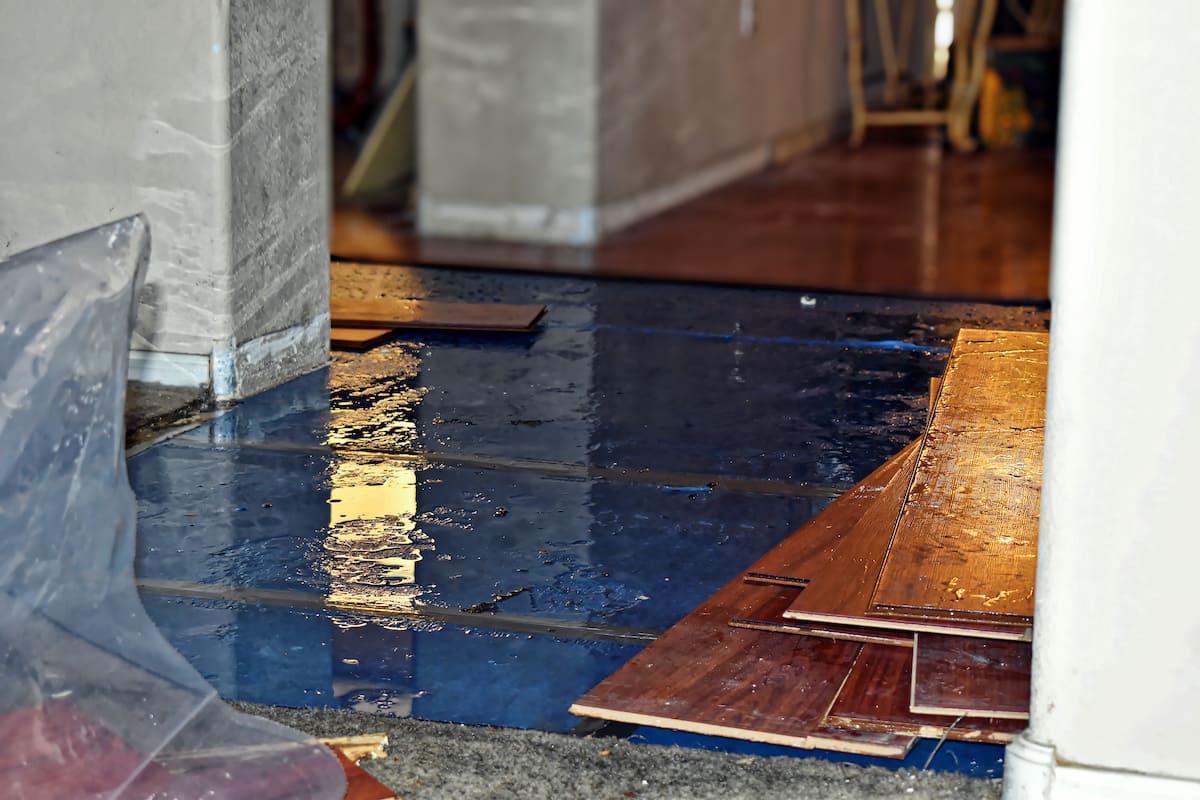
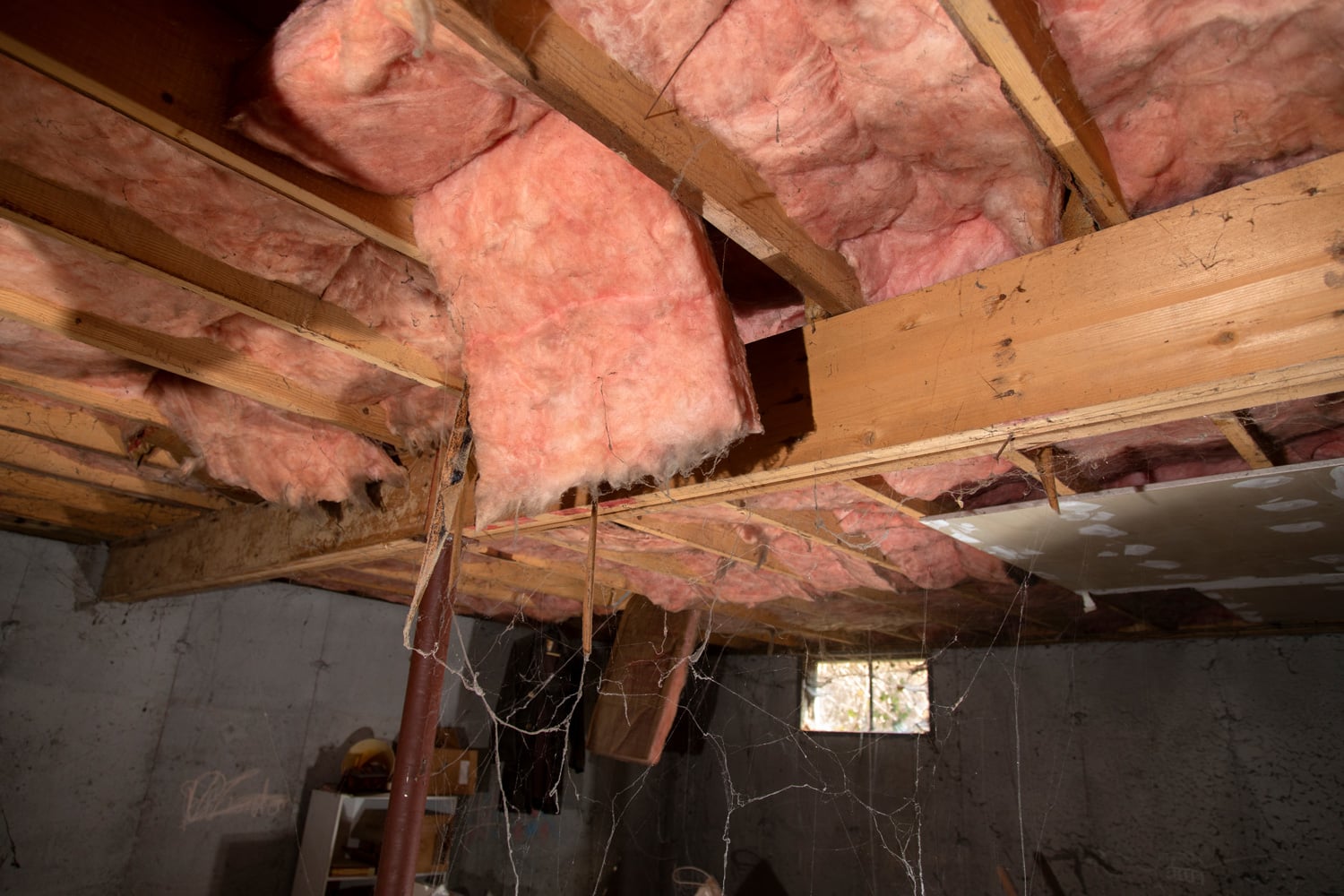
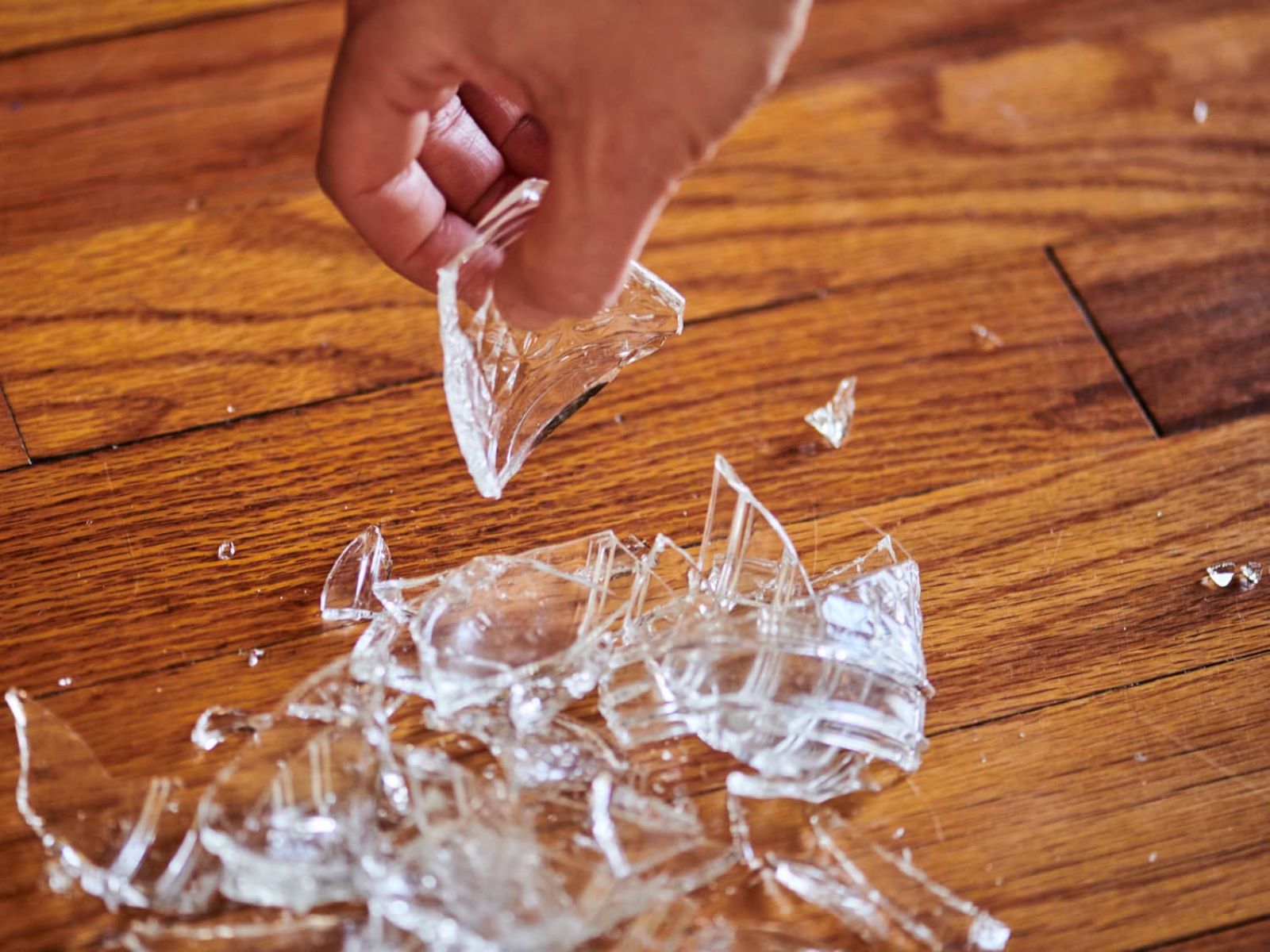


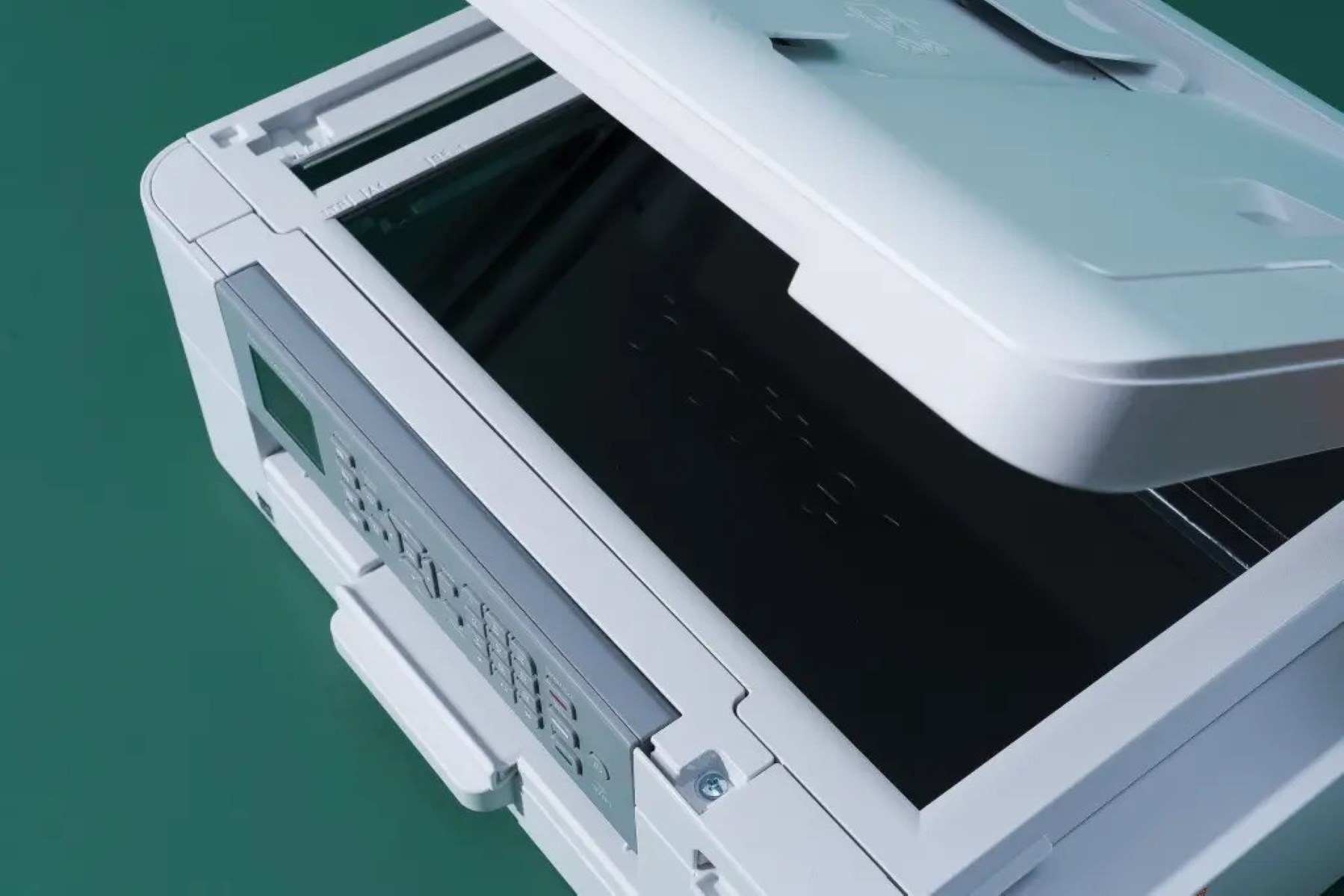

0 thoughts on “How To Clean Up Shattered Glass”